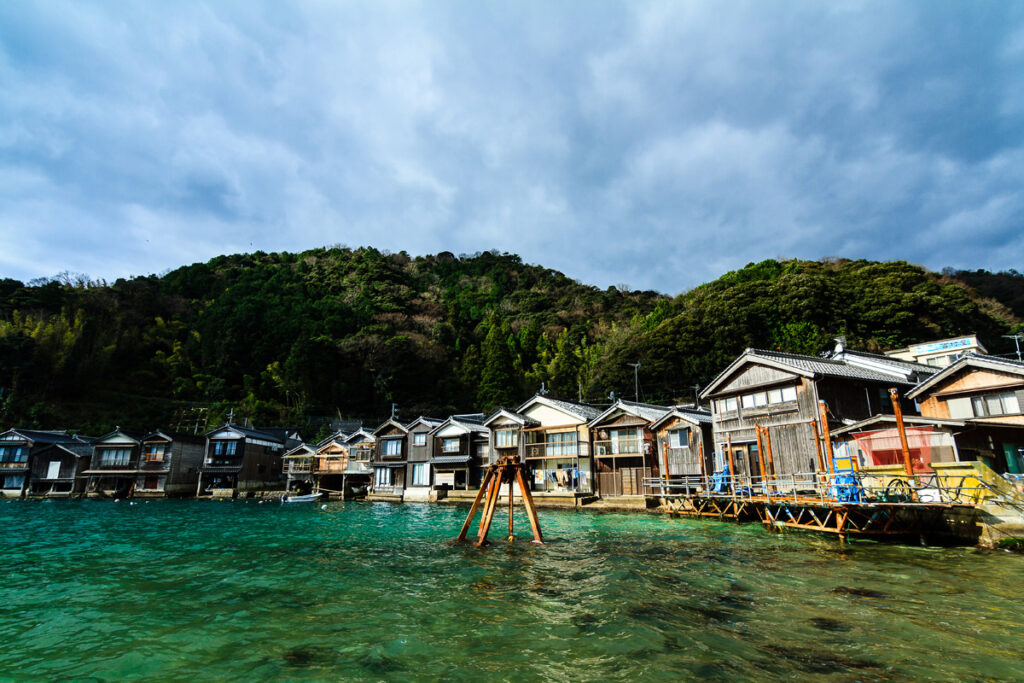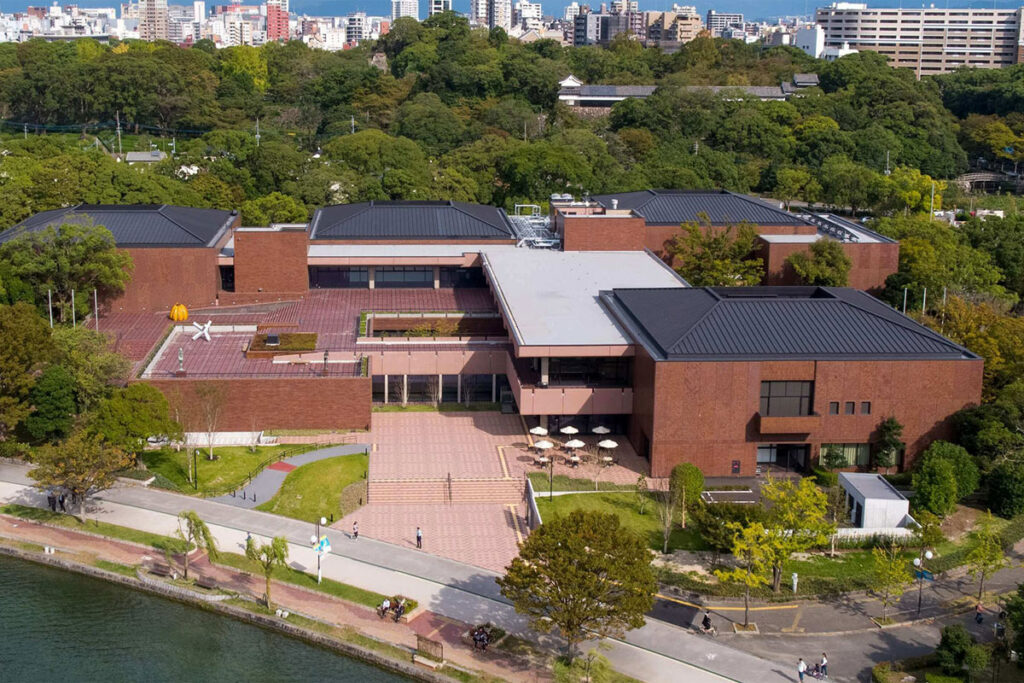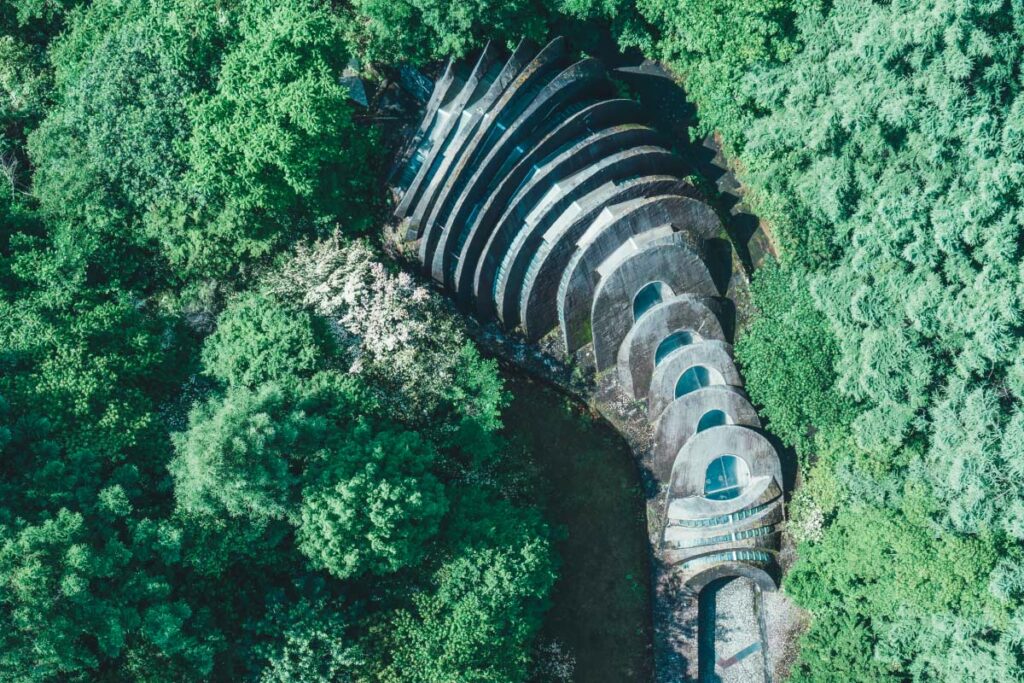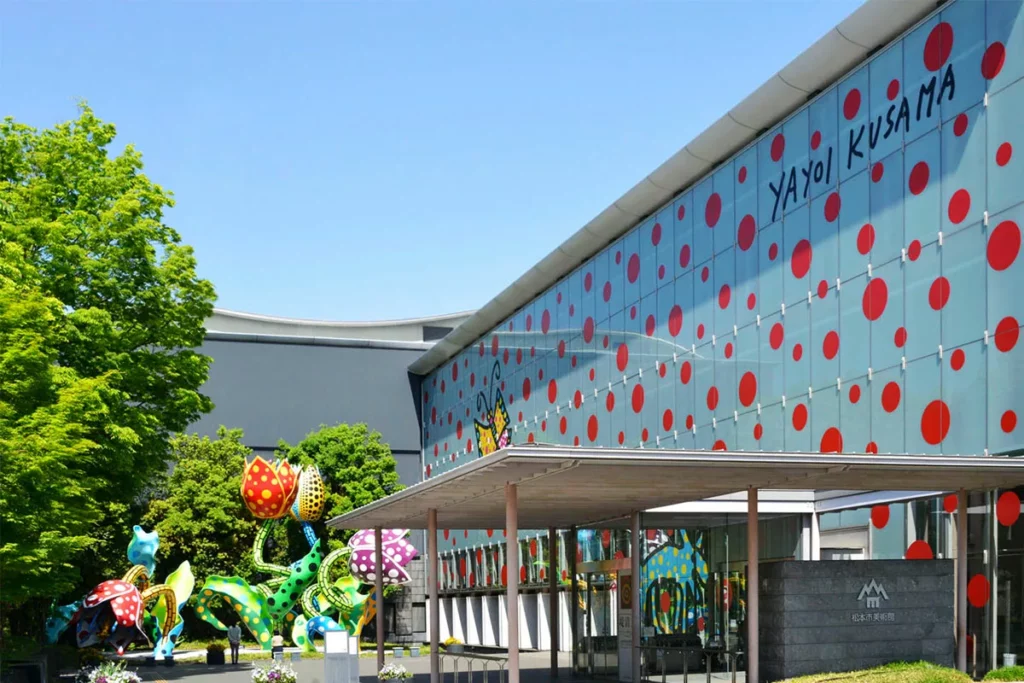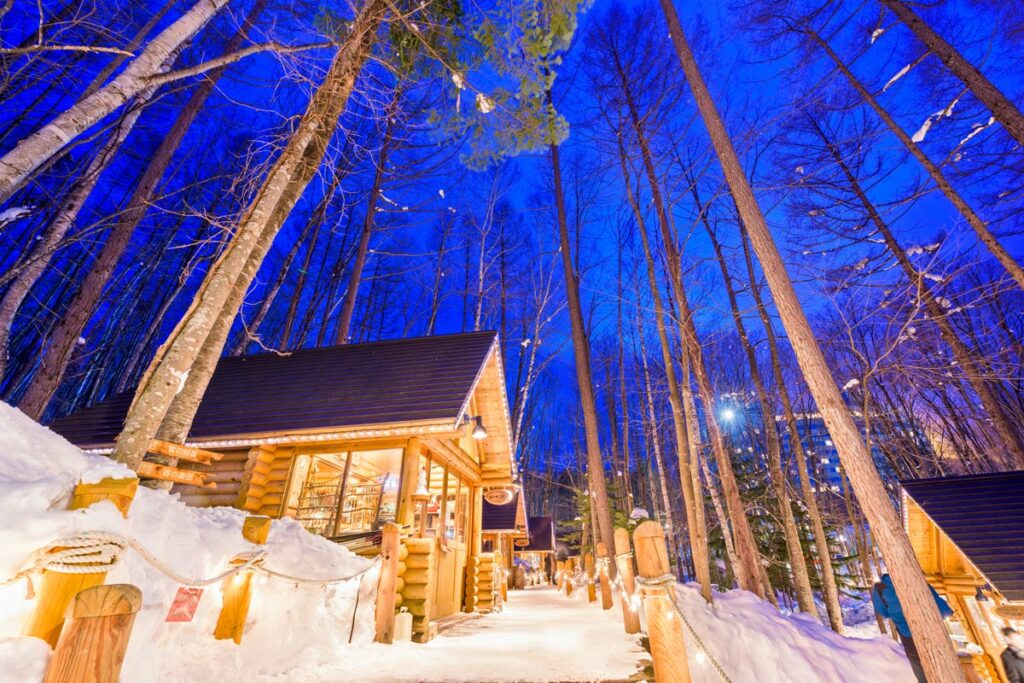Have you ever heard of Funaya(フナヤ), Japan’s unique boat houses that seamlessly blend architecture, nature, and culture? If not, it’s time for a journey to the beautiful Japanese seaside, where you’ll discover a hidden gem that embodies the country’s timeless traditions. Funaya has a rich history that dates back over 1,000 years. Originally designed to accommodate fishermen’s needs, these boat houses provided shelter for both families and their boats, allowing them to live in harmony with the sea.
The Architecture of Funaya
Funaya architecture is a marvel of Japanese design. Built on stilts along the waterfront, these boat houses have a two-story structure. The first floor, known as funagura, is dedicated to boat storage and maintenance, while the second floor serves as living quarters for the family. The ingenious design allows for a seamless connection between the home and the water, making it easy for fishermen to access their boats.
Ine Village: The Heart of Funaya Culture
For those seeking an authentic Funaya experience, Ine Village in Kyoto Prefecture is the perfect destination. Often referred to as “The Venice of Japan,” this charming village is home to around 230 Funaya boat houses, making it the largest concentration of these unique structures in the country. As you explore the narrow streets lined with wooden Funaya, each with its own distinct character, you’ll find small shops, cafes, and shrines that allow you to immerse yourself in local culture. Time your visit to coincide with one of Ine Village’s annual festivals, such as the Ine Funaya Festival in August or the Ine no Funaya Snow Festival in February, for a truly unforgettable experience. Funaya’s beauty is ever-changing with the seasons, from the cherry blossoms in spring and sparkling waters in summer, to the colorful foliage in autumn and snow-covered boat houses in winter. One of the most captivating aspects of Funaya is the serene waterfront, where the gentle sounds of waves and birdsong create a tranquil atmosphere that’s difficult to find elsewhere.
How to get there
To get to Ine Village from Kyoto Station, take the JR Hashidate Limited Express train to Amanohashidate Station. From there, transfer to a local bus that goes directly to Ine Village. The bus ride takes approximately 40 minutes and offers stunning views of the Sea of Japan along the way.
Funaya offers a glimpse into Japan’s unique boat house culture and timeless traditions. From the charming streets of Ine Village to the serene waterfront, a journey to this hidden gem promises an unforgettable experience that will leave you with a deep appreciation for Japan’s rich heritage.
